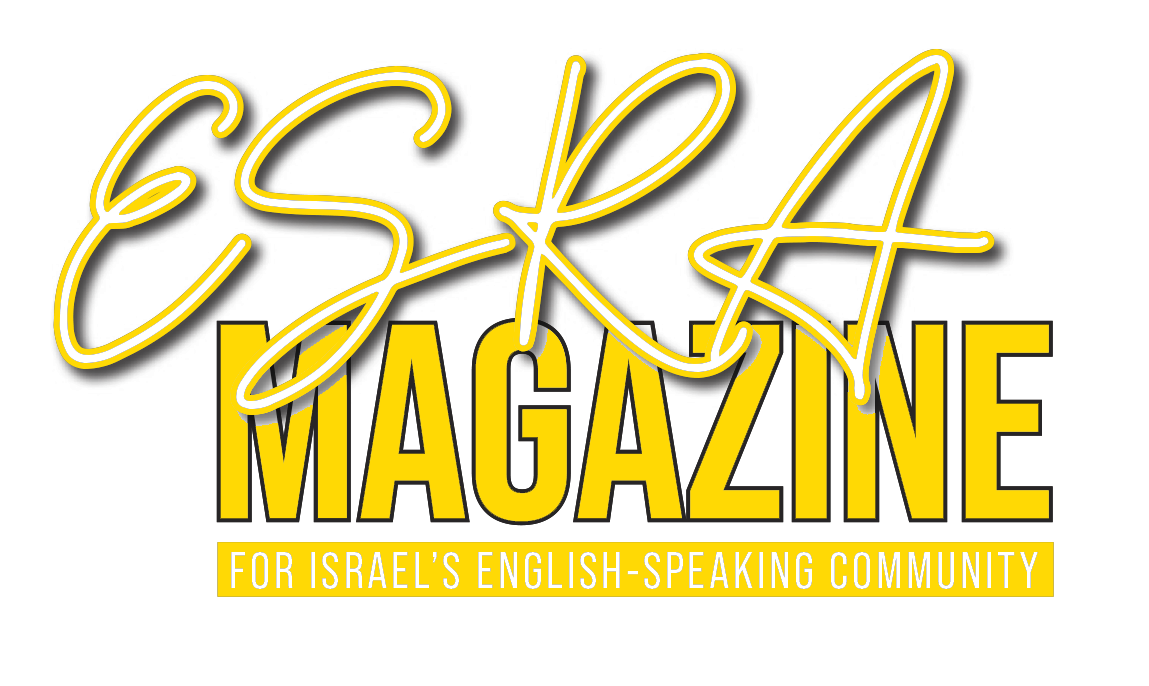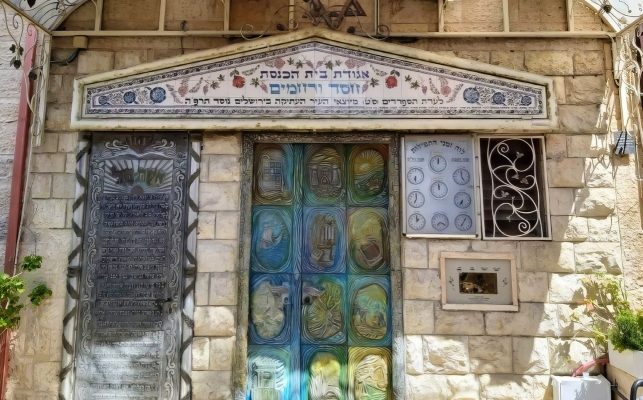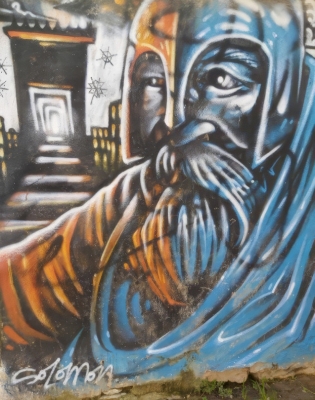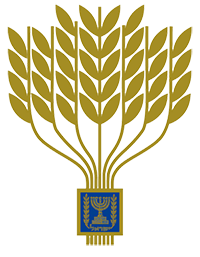Nachlaot - Magnetic, Magical Neighborhoods of Yesteryear Jerusalem
Text & Photos: Lydia Aisenberg
A group of small, rather crowded neighborhoods, each with its own all-encompassing aura, can be found dustily rubbing shoulders, sandwiched between Jerusalem's Jaffa and Bezalel streets in the area collectively known as Nachlaot.
The varied neighborhoods that make up this lively, somewhat squashed together, enigmatic area, share with visitors some incredibly challenging architecture and planning, or lack of it. The area regularly draws hundreds of thousands of both Israeli and overseas visitors, primarily to the nearby sprawling, colorful and very noisy Mahane Yehuda market, which was established in 1928.
The Nachlaot neighborhoods were created outside the walls of the Old City of Jerusalem, mostly in the late 19th and early 20th centuries. Overcrowding and unsanitary conditions were rampant within the walled city and in 1875 the first of the 'outside the wall' neighborhoods – Even Yisrael – was established.
Each neighborhood was planned for a specific ethnic Jewish community, with housing, synagogue, schools, yeshiva, shop and so forth, all leading off a central heart-of-the-community meeting place in the form of a large courtyard or square. The individual neighborhoods were managed on a communal basis with rules and regulations that residents were expected to adhere to.
However, already in the 1920s as urban planning, roads, communal recreational areas and such developed in the City of Gold, the more financially successful residents of Nachlaot began to move to the more modern parts of the fast developing new city. This was a contributing factor to the slow descent of the Nachlaot communities into serious decline.
Fortunately, the importance of preserving these unique neighborhoods was eventually recognized, and a concerted preservation project was initiated, not only giving Nachlaot a new lease of life but also protecting its rightful place in the heritage of Jerusalem.
Leaving the hustle, bustle and ear-splitting calls from vendors in the vast market, selling fruit, veg, clothing and almost everything between a trinket and a kitchen sink, the quietness, stillness and a certain comforting blanket of spirituality seems to hover over one almost immediately upon entering the narrow lanes with their small and large courtyards, so near, but distant, from the market place's constant cacophony.
With a slight breeze kicking up, one can actually hear the leaves rustling in the trees – almost in harmony with the gentle flapping of heavily laden laundry lines strung across many small, crowded verandas.
Here and there, voices of very young children can be heard somewhere in the background. A few minutes later, those sounds are replaced as the gentle hum of prayer emanates from an open window of a small and rather attractive synagogue, wedged between a corner shop and a row of small apartments, their entrances sporting piles of prams and kiddies' bikes.
A stroll around the Nachlaot neighborhoods in present times becomes almost akin to an Alice falling down the rabbit's hole experience. Surprise after surprise awaits to be discovered within the narrow lanes, courtyards and windowsills filled with plant pots, the small, intimate and larger synagogues and plethora of artistic wrought iron railings and gates.
Some areas have become very hip indeed, but have not lost their once-upon-a-time atmosphere as incredibly lifelike portraits of revered rabbis and other communal leaders of yesteryear have been skillfully painted on walls that have seen, heard and absorbed so much throughout the ages.
In the streets, lanes and alleyways, on the outer walls of smaller courtyards in front of synagogues or other historical buildings, long billboards, tastefully created so as not to clash with their surroundings, take visitors on a stroll through time to meet some of the truly amazing, yesteryear folk who lived in the Nachlaot neighborhoods, rich in history.
Texts in Hebrew and English lead one down an incredibly illustrious memory lane as the sepia photographs of past residents from different periods of time almost come alive as one reads this open book on the walls about who they were, where they had come from … the Yemen, Syria, Turkey, for example … allowing the visitor to briefly share some of their hardships, joyous occasions and above all, truly understand their important contribution to building not only the city of Jerusalem, but also – eventually – the State of Israel.
A blue heritage plaque on the wall of one of the buildings catches the eye, the bold letters stating that it had been the house of Rabbi Aryeh Levin (of blessed memory), born in Poland in 1885, who died in Jerusalem in 1969.
For many decades Rabbi Levin served as a teacher and spiritual mentor at Talmud Torah Etz Haim. In addition to his work at the yeshiva, he endeavored to reconcile unhappily married couples, visit the sick and comfort those who had lost close family members.
During the period of the British Mandate, and at the request of the Mandate authorities in 1931, the Chief Rabbi Abraham Isaac Kook appointed Rabbi Aryeh Levin as the official prison chaplain. Every Shabbat the rabbi walked to the Central Prison of Jerusalem, situated in the Russian Compound, bringing messages from their families, praying with the incarcerated Jews, teaching Torah and Jewish ethics, and became known as "the Rabbi of the Prisoners."
One of the many fascinating heritage-wall plaques, with a large sepia photograph of a family that was taken a few generations ago outside their Nachlaot home, caught this writer's eye. In the photo, two rather stern-faced older ladies stand alongside an equally stern-faced man, his wife and two very serious looking young boys. Upon reading the text one discovers that one of the young boys is in fact Jerusalem born Yitzhak Navon, standing alongside his parents, Yosef and Miryam. The two elderly ladies are his grandmothers.
The Navon family had moved to the Ohel Moshe neighborhood in Nachlaot in 1924. In their wildest dreams, it's doubtful they could have envisaged Yitzhak Navon becoming one of Israel's most highly respected politicians, revered diplomat, author and Israel's fifth president, in office from 1978 to 1983.
Indeed, a stroll around the Nachlaot neighborhoods is an introduction to the past in modern times – and for sure this writer will be returning shortly to tackle yet another chapter of this open history book in Israel's capital.









Comments